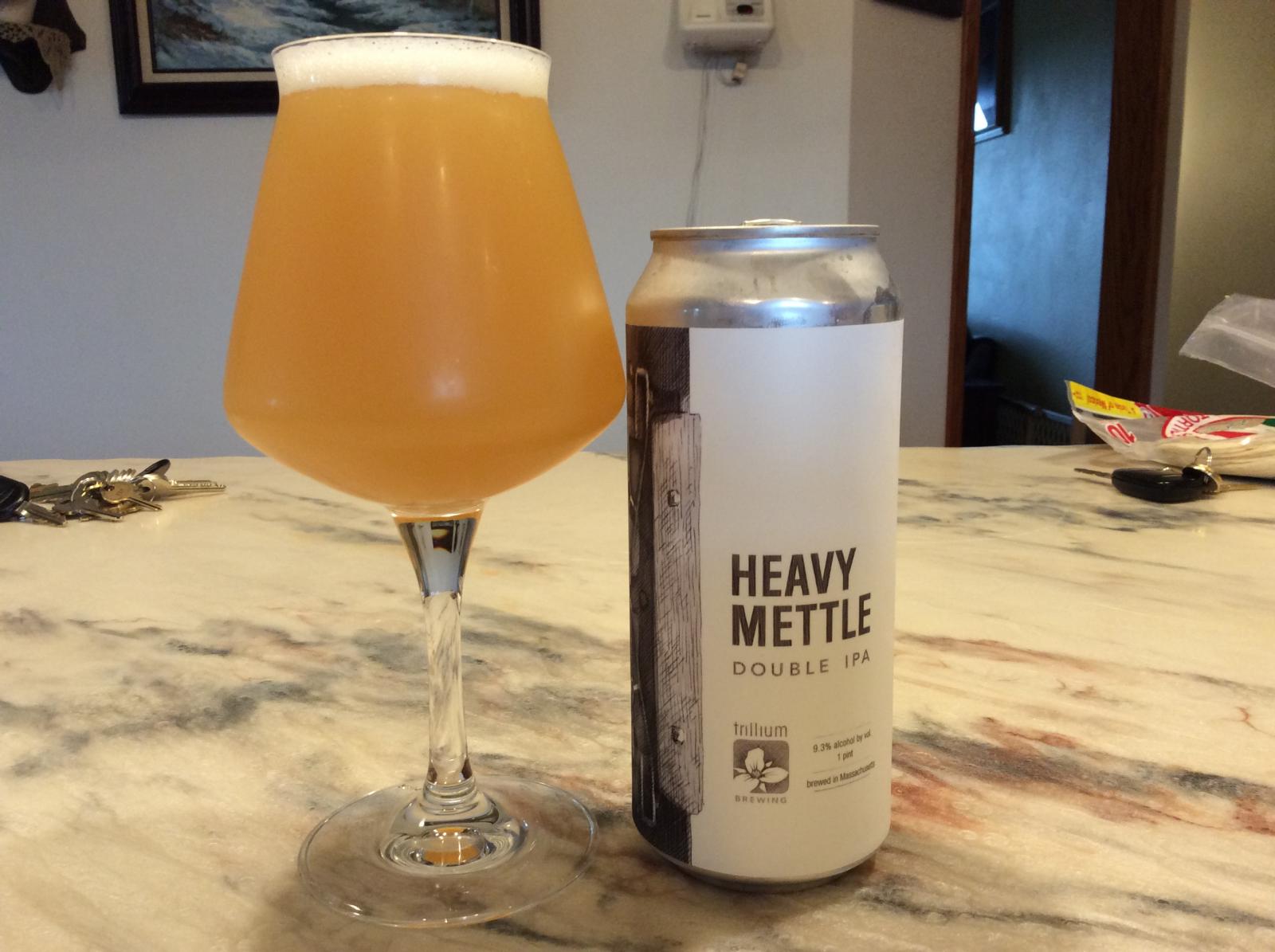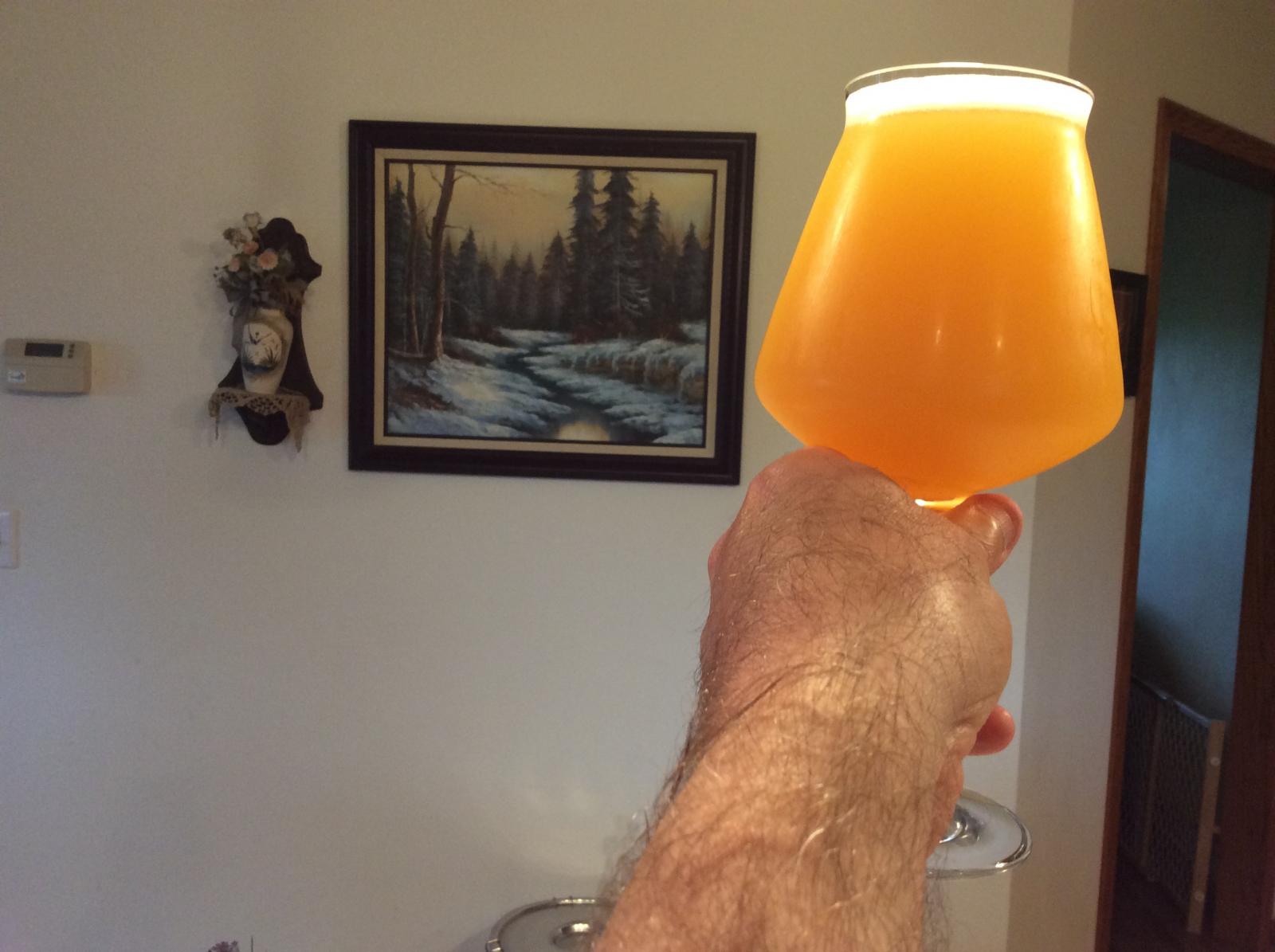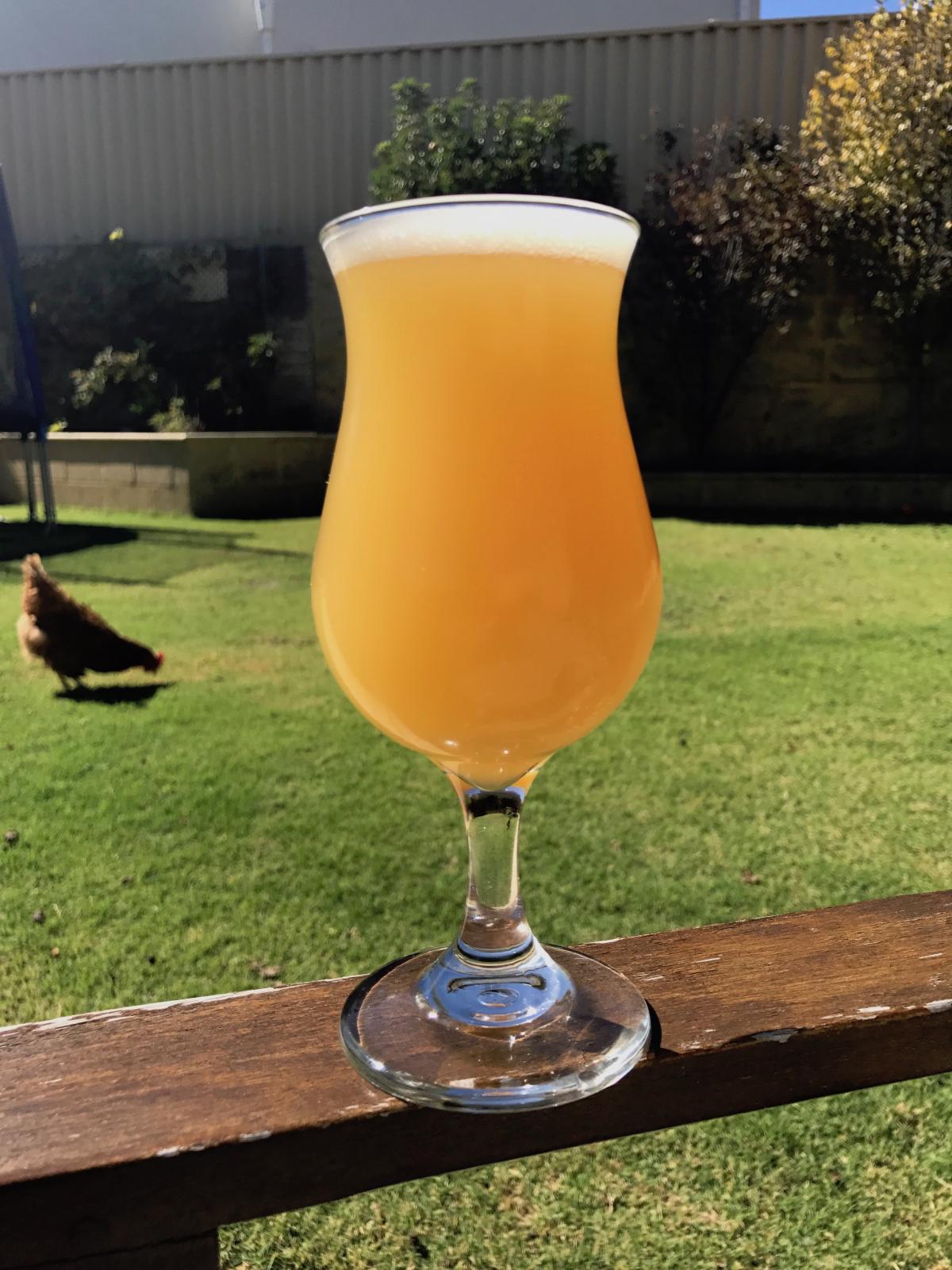So as a follow up to this...I redid the hop schedule in Brewer's Friend and simplified to one flameout addition and one whirlpool addition. Their site suggests that for a typical whirlpool hopping you get 10% utilization. I put in a 30 minute whirlpool at 175 degrees F, which added about 90 IBUs to the beer, for a total of 119 IBUs. Does this seem right? Seems like a lot. I thought I could start with a low FWH of 33 IBUs, but would get up into the 50's with the whirlpool hops, not 119 IBUs...
If you are only adding 30 IBU's for bitter addition, and everything else is flameout or after - you won't have anywhere close to 119 IBU's - no matter what the software says. And, it won't be perceived as bitter either.
There was a really good interview on..... Experimental Brewing Podcast I think ...... where they did some actually testing on IBU's and compared to projected.... the actual IBU's are all over the place. As far as an accurate unit of measure - the IBU is basically worthless. Its only real value is it allows you to have a consistency from batch to batch. In essence - even though the accuracy of the measurement is wrong...... if you always use the same inaccurate unit of measure, it ends up being useful in constructing recipe's.
Brew this one the way you are planning (it won't be 100 IBU's). Then, evaluate your beer and determine where it falls as far as your preferences. Then adjust from there on a future batch (more or less hops in boil for instance.).


























![Craft A Brew - Safale BE-256 Yeast - Fermentis - Belgian Ale Dry Yeast - For Belgian & Strong Ales - Ingredients for Home Brewing - Beer Making Supplies - [3 Pack]](https://m.media-amazon.com/images/I/51bcKEwQmWL._SL500_.jpg)



































